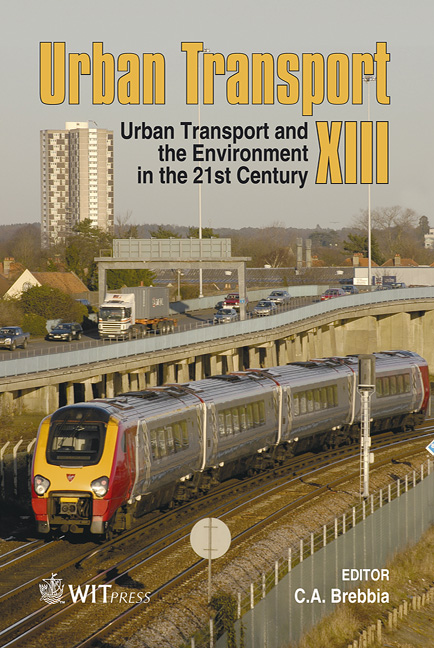Safety Of Users In Road Evacuation: Simulation Of A User Refuge Area
Price
Free (open access)
Transaction
Volume
96
Pages
10
Published
2007
Size
771 kb
Paper DOI
10.2495/UT070751
Copyright
WIT Press
Author(s)
A. Vitetta & V. Assumma
Abstract
In this paper some results obtained in the SICURO research project are discussed, especially with regard to users who evacuate with motorized modes due to a forthcoming disaster and their movement to an area of refuge. Evacuation produces temporary over-saturation of some supply components and creation/dispersion of queues, in particular upcoming and moving in the refuge area. To analyse this event two problems must be explored: access to the refuge area and the internal organization. The problems are studied by using deterministic and stochastic queuing theory. Calibration data were obtained from a real experiment executed in the urban area of Melito Porto Salvo in the province of Reggio Calabria (Italy). Finally a computer application was carried out to reproduce all the evacuation phases observed in the experimental test site of Melito Porto Salvo. Keywords: safety, evacuation, refuge area, queue, simulation. 1 Introduction In evacuation plans the territorial analysis phase is very important, since this analysis is the basis for required action to take in an emergency. This paper deals with the study of refuge areas. Such areas, situated far from high-risk sites, are preventively identified in the region. In Italy each prefecture, together with the Civil Protection Agency [1], defines some general characteristics that the emergency areas must have, according to their purposes. There are three types of emergency areas: concentration areas, refuge areas and reception areas.
Keywords
safety, evacuation, refuge area, queue, simulation.





